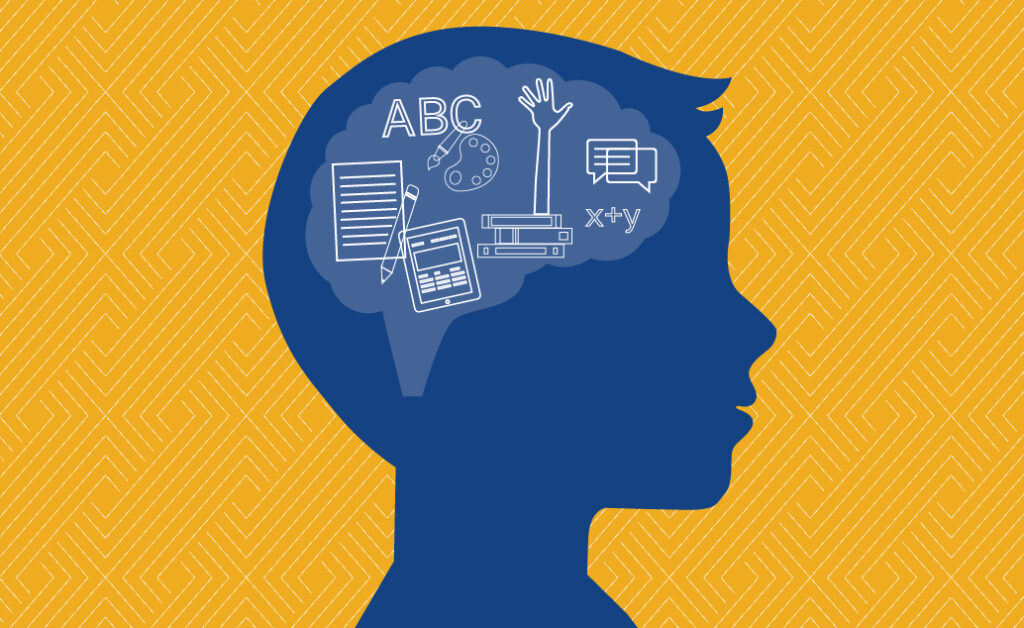
On any given day, teachers are tasked with navigating the ins and outs of their learning environments while striving to meet the needs of every student. Many teachers rely on traditional methods, such as scaffolding and differentiation, to accomplish this goal. Others seek innovative means to engage all students, often relying on educational technology to tier lessons and measure outcomes.
Unfortunately, time constraints, funding and other challenges can limit teachers’ ability to plan dynamically and implement lessons. Universal Design for Learning (UDL) has been touted as a framework that can transform teaching methods by providing details on how to reach every learner. What do teachers need to know about UDL?
- UDL is a framework.
The Center for Applied Special Technology (CAST) defines UDL as a “framework to improve and optimize teaching and learning for all people based on scientific insights on how people learn.” The foundation of UDL stemmed from the desire to create education resources that meet the requirements of the Americans with Disabilities Act (ADA). Although initially geared toward special education, implementation of UDL principles expanded as demand for meeting the varied needs of students across educational ecosystems increased.
- There are three brain networks in UDL.
Three essential brain networks impact learning based on UDL principles: affective, recognition and strategic. The affective network centers on why students learn and is grounded in engagement. Since learners perceive information differently based on their experiences, the recognition network is rooted in multiple representations to maximize reception of what students learn. The ways students internalize learning differ as well, and the actions they take when acquiring knowledge and how they express what they’ve learned comprise the strategic network.
- UDL is not differentiation.
One common misconception is that UDL is the same as differentiation. Although there are some similarities, such as meeting the needs of students, the concepts vary in terms of when implementation occurs. Generally, UDL is forward-thinking, meaning that design considerations are taken into account after evaluating the desired instruction and learning environment. All students have access to the resources designed for learning. Differentiation is responsive, occurs after students are evaluated and is more specific to meet individual needs.
- There are multiple educator learning opportunities.
Several opportunities are available for teachers interested in learning more about UDL. The CAST website includes a wealth of information about UDL, including digital and print versions of UDL, with guidelines in multiple languages. CAST also sponsors an annual symposium focused on principles and best practices of UDL in action. “Think UDL,” hosted by Lillian Nave, and “UDL in 15 minutes,” hosted by Loui Lord Nelson, feature guests and commentary on UDL and its growing popularity. Individuals who enjoy reading can select the “Universal Design for Learning: Theory and Practice,” the seminal work by Anne Meyer and David H. Rose. Paula Kluth offers 365 ways to implement UDL in classroom environments in her book “Universal Design Daily.”
Teachers are constantly seeking new ways to ensure students learn concepts. For those unfamiliar with Universal Design for Learning, it’s a meaningful and impactful opportunity to transform learning. Whether planning a lesson or a comprehensive curriculum, leveraging the principles of UDL will give teachers the power to reach every student.
Ready to transform learning for your students? Advance your teaching career with the education programs at American College of Education.

